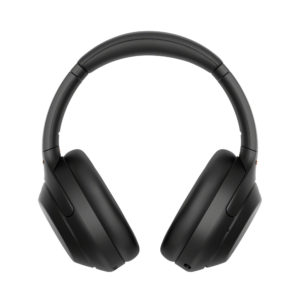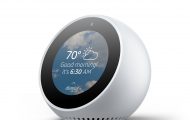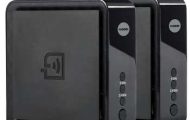Article

The same Bluetooth codec that powers Bluetooth LE Audio will provide enhanced audio quality for your voice and video calls that you make and take with your Bluetooth headset.
Bluetooth calls on Android are about to get better — super wideband better (androidpolice.com)
From the horse’s mouth
Bluetooth SIG
Super Wide Band Speech for Hands Free Profile 1.9
My Comments
Increasingly, online voice and video communications is moving towards speech quality not dissimilar to how you would hear an announcer on your favourite FM, DAB or Internet radio station. This would be facilitated using regular or mobile computing devices that make use of wider bandwidth technologies like the latest Internet connections or 5G mobile telephony.
But the Bluetooth link for our headsets, hearing aids or in-car handsfree setups stands a chance of being able to work with high-bandwidth voice and video communication. Here it is about implementing the LC3 audio codec that is the core of Bluetooth LE Audio to bring speech quality that could be equivalent to FM radio. It will be part of Bluetooth Hands Free Profile version and is intended to work in a “best-case” manner where both the audio device and the smartphone or computer implement Hands Free Profile 1.9 with Super Wide Band Audio.
I see this as being part of audio devices that implement Bluetooth LE Audio due to the reuse of the LC3 Audio codec. It could also be taken further as a means to reduce the Bluetooth bandwidth needed for transmitting speech in a phone call, with a goal to reduce battery requirements for hearing aids, earbuds and “sports” headsets when used as communications devices. The sound latency will also benefit especially if you are using your Bluetooth headset in an area where many people are using Bluetooth devices.
At the moment this improvement for Bluetooth Hands Free Profile is at the point of being built in to mobile operating systems. For example, it is to be added to the Android Open Source Project which represents the software logic for the Android platform and this will look after the Bluetooth communications aspect for that platform.
Most likely, I would see this feature come about with Bluetooth LE Audio headsets, earbuds and hearing aids at least. It could also be a driver to bring what Bluetooth LE Audio is about to in-car infotainment due to the use of the LC3 audio codec. It sounds like a next major step for Bluetooth’s killer use cases i.e. hands free calling and audio listening via a wireless link to your smartphone, tablet or computer.


